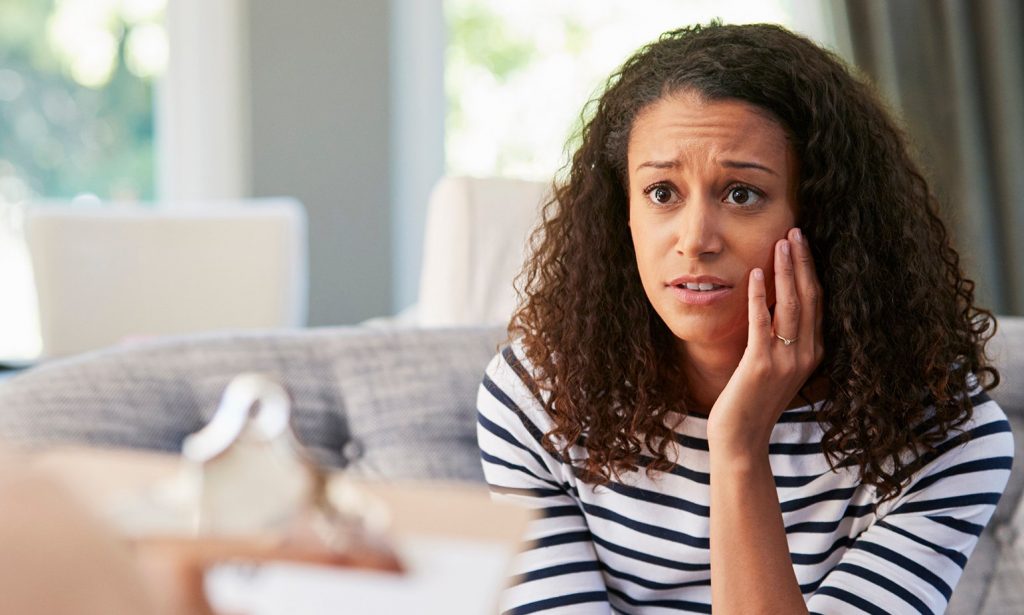
Anxiety Counseling: How CBT And Exposure Therapy Can Help Cure Anxiety
According to a report published by National Institutes of Health, various types of anxiety disorder ranks as the most common mental illness in the US, affecting as many as 40 million people which is about 18 percent of the whole population of the country. This is somewhat of an alarming piece of statistics and one that emphasizes the importance of anxiety counseling or anxiety therapy for the overall wellbeing of the populace.
There are several types of anxiety and stress disorders. According to practising therapists, the most common of these include OCD or Obsessive-Compulsive Disorder, PTSD or Post-traumatic Stress Disorder, different kinds of phobias, panic disorder or panic attacks, and generalized anxiety disorder.
Anxiety Counseling
Irrespective of what type of anxiety disorder is besetting an individual, anxiety counseling can help. People suffering from anxiety disorders are living in pain. Living under constant stress, anxiety, unrelenting worries, fearsome thoughts, phobias or panic and anxiety attacks is extremely painful, and if left untreated or unattended, this can lead to long-term damages (in the form of systemic disease(s), serious health disorders and/or negative attitude or thought pattern that become so deep-rooted over time that it becomes next to impossible to get cured of them) and can permanently impair an individual’s ability to enjoy life.
This is why one needs to seek anxiety counseling or therapy. One concerning fact is that many who are suffering from anxiety disorders often take recourse to medication (read anti-depressants, tranquilizers) in order to gain temporary relief. What is even worse, many certified psychiatrists themselves often prescribe anxiety medication to their patients.
However, a majority of therapists are in agreement as to the fact that medication only serves to extenuate the symptoms, but cannot treat the underlying causes of those symptoms such as worries, fears, negative thought patterns, etc.
Anxiety Counseling Methods
Anxiety counseling typically employs two methods, CBT or Cognitive Behavioral Therapy and Exposure Therapy, in order to get to the roots of the problem. Depending on the therapist, counseling can either take recourse to both these methods or employ one or the other. What method will be employed also partially depends on the type of anxiety disorder the patient is suffering from.
Cognitive Behavioral Therapy (CBT): CBT is more of an umbrella term and a variety of treatment procedures can be defined as cognitive therapy. However, no matter what particular methods are employed, CBT is basically aimed at changing the thought pattern of the patient. Negative or illogical thought patterns are found to be the root of most anxiety disorders.
Many therapists relate that clients with anxiety problems often catastrophize, exaggerate or polarize (either/or) certain details in their minds. They keep ruminating these details to the point that they assume an exaggerated importance in their minds, thereby blocking out other perspectives that could help them interpret the given situation in a different light. So, the task for the therapist here is to help the client get away from the path of false cognitions and negative thinking and practice ways of self-monitoring and re-narrating (his unhealthy thoughts and preoccupations).
Exposure Therapy: This form of therapy makes patients confront their fears, phobias, or whatever it is that is making them anxious, instead of shying away from them. From one session to next, the therapist introduces things that make a client feel anxious in small, controlled increments. Exposure therapy is an efficient way of making the client focus on the causes of his anxiety and think deeply about it. Also referred to as ‘systemic desensitization’, this method practically asks the patient to tolerate stress. It is always painful for the patient in the initial stages, but that very pain forces him to analyze the situation in a rational manner and find out how he can live with a certain issue or issues (if it is not in his power to change them).
We can already see how this approach differs radically from anxiety medication. While the latter looks to provide instant, though temporary, relief from anxiety issues, therapy aims at eradicating the underlying causes of one’s anxiety by making him aware; by changing how he thinks about or approaches a situation; by trying to making him see things from other perspectives; and finally, by making him live with his points of fear and anxiety until he becomes desensitized to them.
Looking to see an excellent therapist? Look here for anxiety counseling in Philadelphia today.
